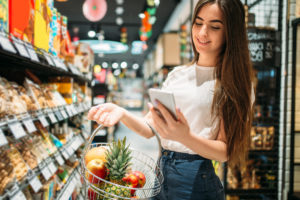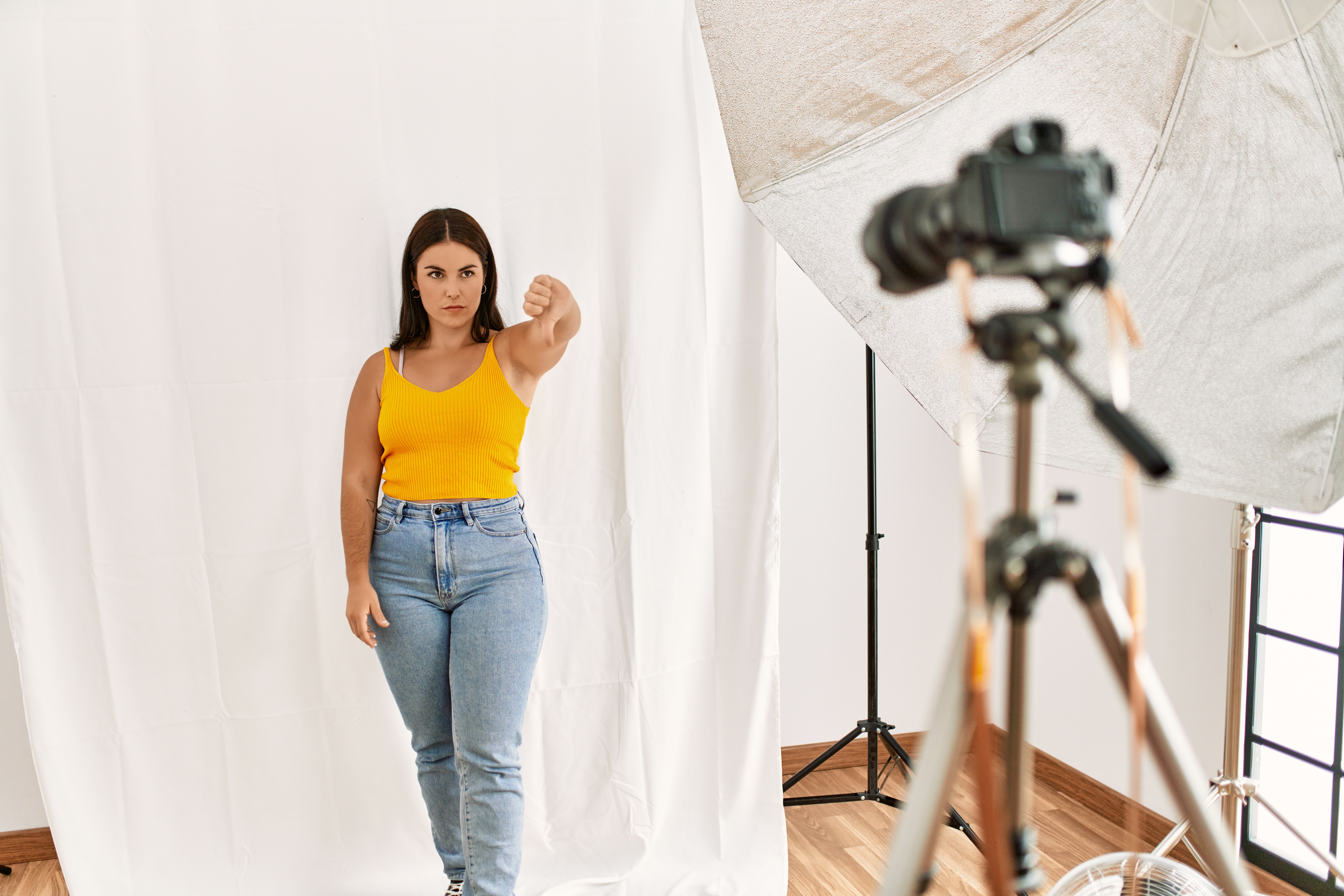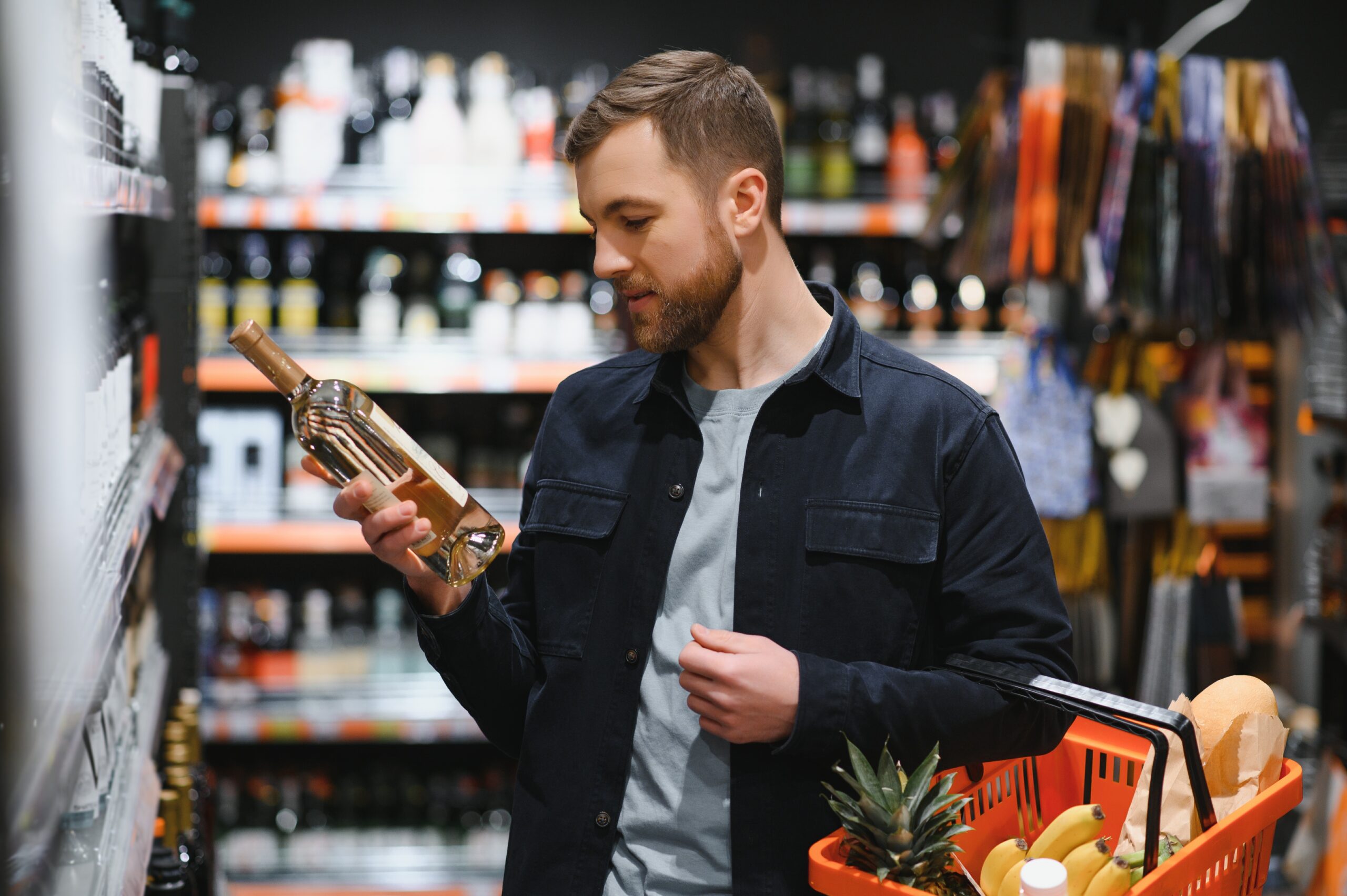
Trolley folly: How to win the grocery game
Ever gone to the grocery store with a list of five or six things you need and walked out with double, if not triple that? You’re far from alone.
Of course, once you’re there you might remember something else you need. Or something you usually buy is half price, so you can't resist the deal and buy a couple. And then there’s the impulse buy so many of us are guilty of.
But a lot of what is in that overladen trolley is down to the design of the supermarket. Its design is created to encourage you to spend as much as possible and certainly more than you intended.
From the colourful produce and flowers you see as you enter to the music playing as you go up and down the aisles in search of the milk and eggs that have been deliberately placed far apart, everything has been carefully constructed to encourage you to part with more money.
As Louise Grimmer, a senior lecturer in retail marketing at the University of Tasmania, told the ABC: “When we see fresh things, like flowers and fruit and vegetables, it puts us in a good mood, we might be more relaxed, and we’re going to spend more money if we’re relaxed and feeling good.”
The average family spending about $500 a week on groceries. So it’s worth taking the time to understand some of these supermarket strategies and how to beat them. Here are some tips to help you keep your grocery budget balanced.
Shop solo
If you take the kids, there’s the inevitable pester power as there is no shortage of carefully placed treats to catch their little eyes – again a deliberate strategy by the supermarkets. Even having your partner or friend with you will result in a fuller basket or trolley. This is because different items will appeal to them. If you’re on your own, you have a far better chance of sticking to your shopping list.

Shop to your own playlist
Grocery stores choose slower to mid-tempo tunes as background music to encourage you to take your time shopping, however subliminally. Put your headphones in and listen to your own fast-tempo music (not your favourite songs). You’ll be in and out in no time.
Stick to a familiar supermarket
When you know exactly where they put the staples, such as bread, milk and eggs, you’re less likely to wander, picking up random sale items, and more likely to get in and out with exactly what you came for. Of course, things will be moved around from time to time. So be aware of the reasons you have to walk past multiple aisles to find the eggs and don’t fall for it.
Minimise available space
Choose a trolley or basket according to the size of your shopping list. If you only need a few items, pick up a basket. Then don’t add anything to it that will make it too heavy to carry. Unless you’re shopping for a crowd, don’t choose the big trolley. Research has shown you’re likely to spend 40 percent more if you do.
Don't grab the first thing you see
Big-name brands and the store’s own brand are usually placed at eye level so that you will automatically grab them. Take an extra minute to read, for example, whether the tomatoes you’re buying are Australian made. Or check what is actually in that tin before you proclaim it a bargain. The more we opt for the same brands, the quicker smaller competitors will be pushed out of the market and the less choice we’ll have.
Check the fixed unit price
The end of aisles – known as “end caps” - are premium spots for advertising sales. They are often lit up in bright colours to help draw your attention as you head in search of bread or milk. Don’t automatically think “wow, what a great deal” and dump one or two of those items in your trolley. You need to go down the aisle to compare the fixed unit price of that item with its competitors to know if it’s really a bargain.

Consider the consequences
Those eye-catching sale signs are often selling products that are very unhealthy. The Australian Food Environment Dashboard, funded by the Federal Government’s Medical Research Future Fund, found that 80 percent of the end cap displays featured at least one unhealthy type of food or drink. Think not just about the effect on your bank balance but the impact your impulse buys could have on your health.
Ignore the checkout stash
In a similar vein, the Australian Food Environment Dashboard shows discretionary items such as chocolate bars or chewing gum take up almost 80 percent of the items you’ll see in the checkout queue. Don’t fall for the temptation. It’s bad for both your bottom lines!
Forget reward points offers
It can be tempting to buy items you don’t need because it will add to your rewards balance. The reality is that those items offering hundreds of extra points will have very little impact on how quickly you can earn any reward worth having. Those offers should never dictate your purchasing decisions.
If you encounter issues with a supermarket purchase, you can lodge a complaint with us and we’ll help you handle it.






